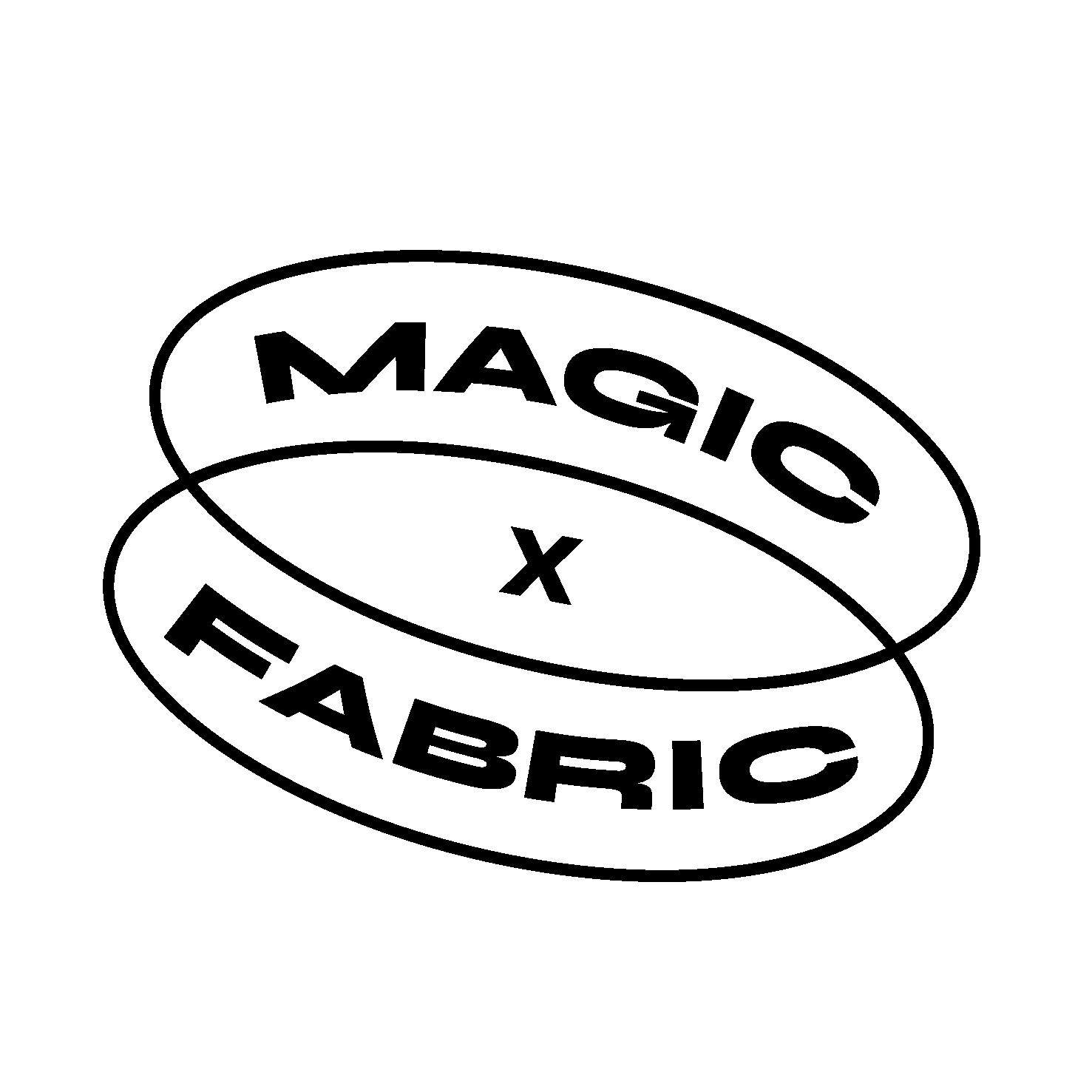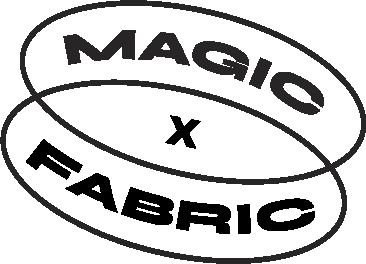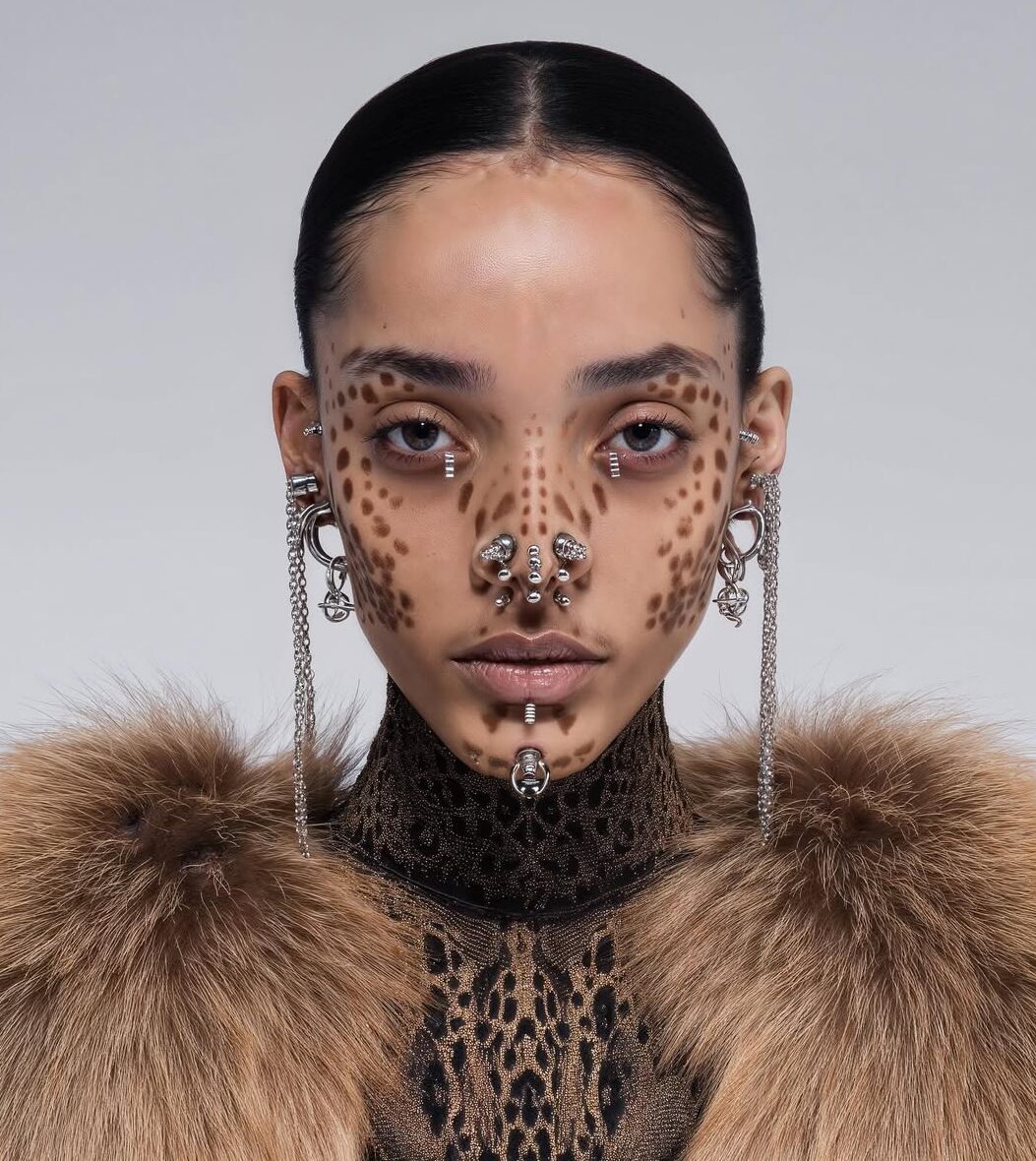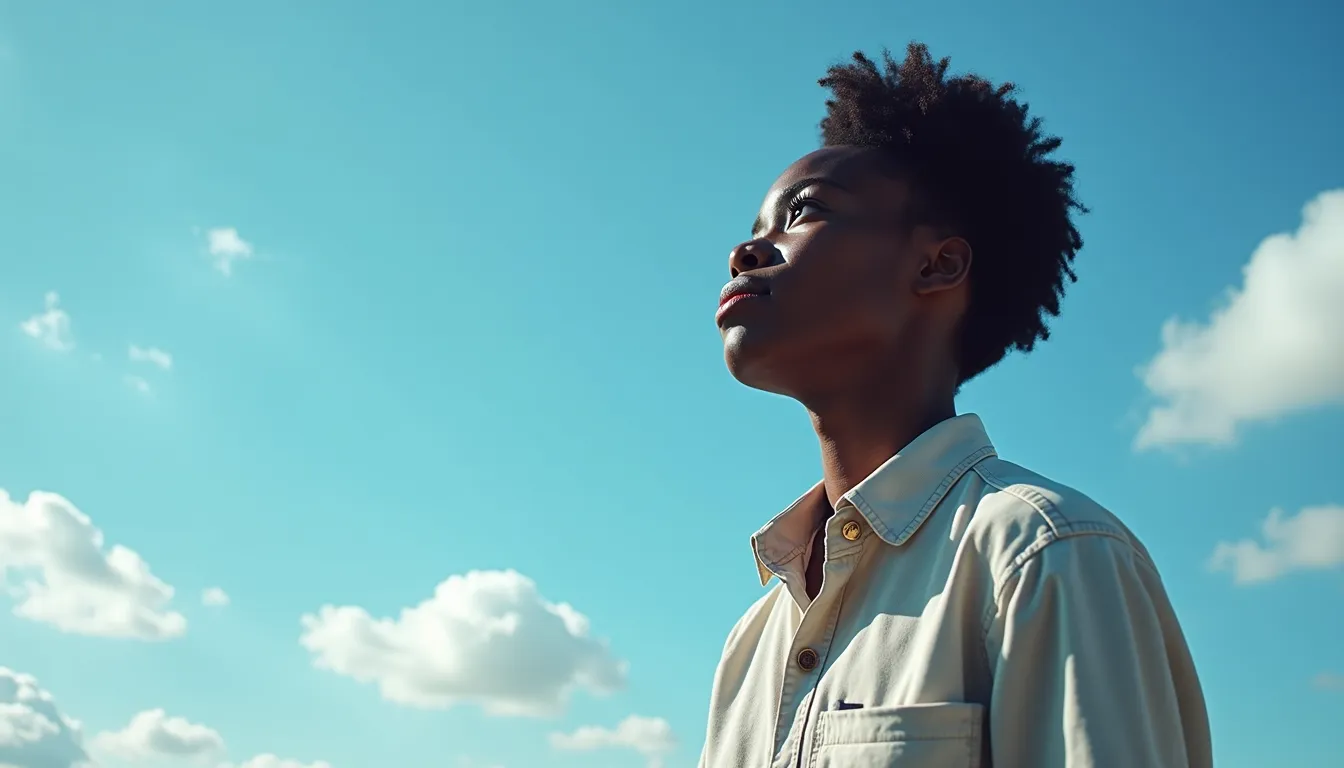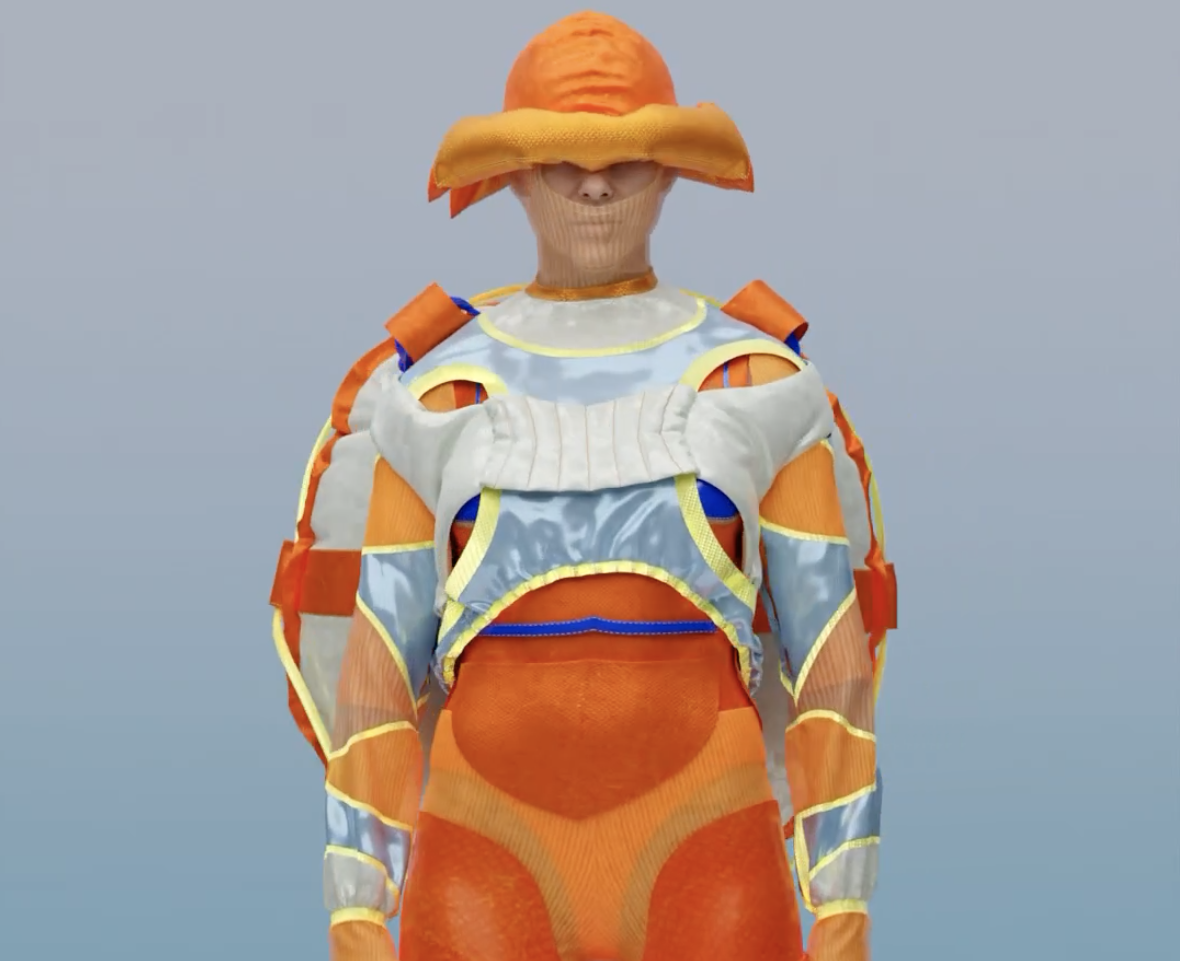
Romanian Creatives on the Rise: Deadstockbloom
The landscape of digital product creation has evolved beyond mere pioneers, and its influence is no longer confined to Western Europe. Watch as new stars rise on the digital fashion scene through the lens of Romanian studio Deadstockbloom bridging the gap between innovation and tradition. In our ongoing series of conversations with digital innovators, we delve into their transformative role, redefining fashion’s digital future.
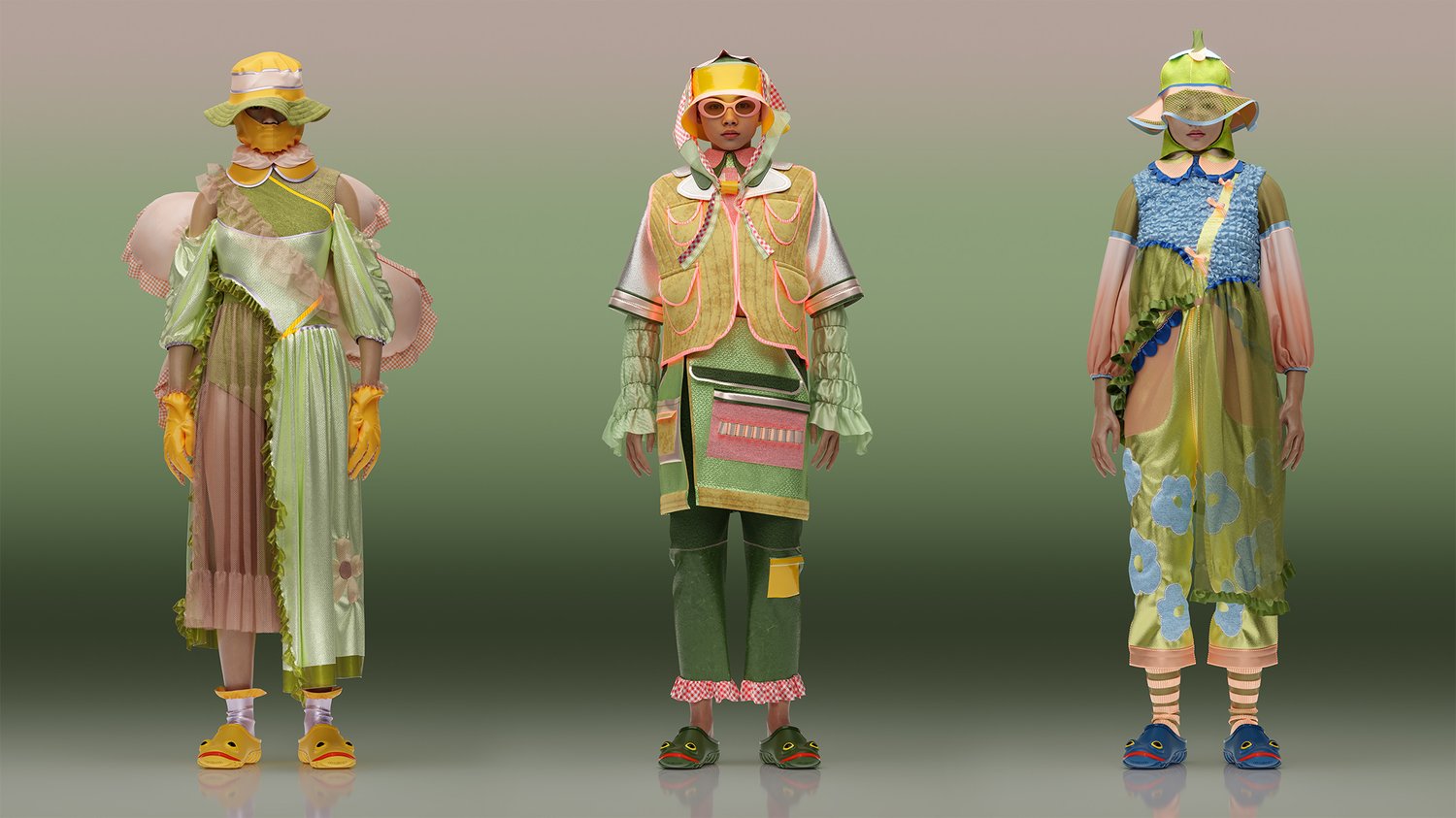
How would you describe your studio’s position in the intersection of 3D product creation, digital entertainment, and web3?
– Our studio specializes in digital pattern making, 3D garment visualizations, and virtual styling. We also create concepts for digital outfits inspired by workwear and functional clothing. Digital fashion gives us the freedom to experiment with different styles and showcase designs quickly without the limitations of physical sewing. Through ‘deadstockbloom’ we strive to create conceptual outfits that are not limited to current fashion trends.
Could you share anything about the clients your digital fashion studio collaborates with today?
– We mainly receive requests from companies to digitalize their clothing for use in advertising campaigns or product visualizations. We also partner with creators and brands during the initial stages of fashion collections to provide digital visualization of their garments prior to production.
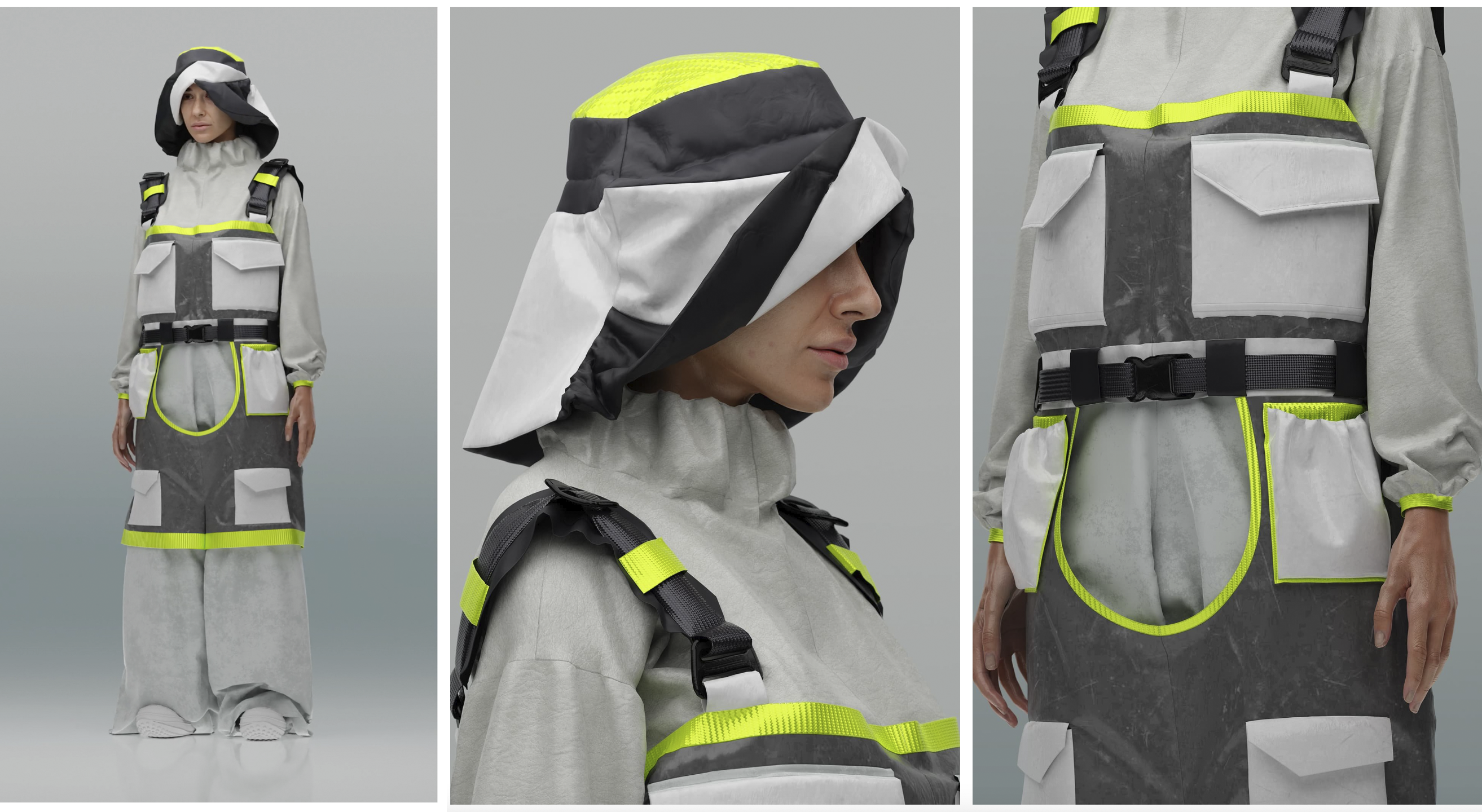
As the digital fashion genre continues to evolve amidst the metaverse hype and the emergence of generative AI, what do you consider the primary challenges and exciting opportunities for your studio in this dynamic landscape?
– We strive to keep up with the latest developments in the digital space while having a critical and thoughtful approach. We are aware that the emergence of new technologies can bring about opportunities as well as challenges and unintended consequences (for instance, the ethical implications of AI are still a topic of debate). On a more practical level, we are excited about how AI tools can aid in our work, making certain tasks more accessible and efficient. A few interesting examples would be improving the realism of digital avatars or reducing the time needed for specific tasks such as UV unwrapping or retopologizing a 3D mesh.
Given Patricia’s background in traditional sewing, do you see it as a must to have a solid foundation in traditional craft when working as a digital fashion creator?
– It’s not a must, but having a general understanding of different aspects of traditional clothesmaking definitely helps when learning digital fashion software. Pattern-making is probably the most useful skill. Nevertheless, nowadays it’s very easy to pick up almost anything given the amount of tutorials available across so many platforms.
As a studio based in Romania, could you provide us with insights into the current state of the fashion tech scene within the country? How has the intersection of fashion and technology evolved in Romania in recent years, and what unique opportunities or challenges does this environment present?
– We’re actually relatively new to the digital fashion scene in Romania, as in the past years we lived and worked in between The Netherlands, where we both had our bachelor’s degrees at Design Academy Eindhoven and Berlin. Over the years, the digital fashion scene in Romania has evolved significantly, and there are many talented CGI and digital fashion creators here. We are happy to see that a lot of younger students in design & fashion departments are learning digital fashion software. However, many freelancers are working mostly online and are scattered all over the world. We feel that nowadays it’s less relevant where you are based, as most of our collaborations have been remote.
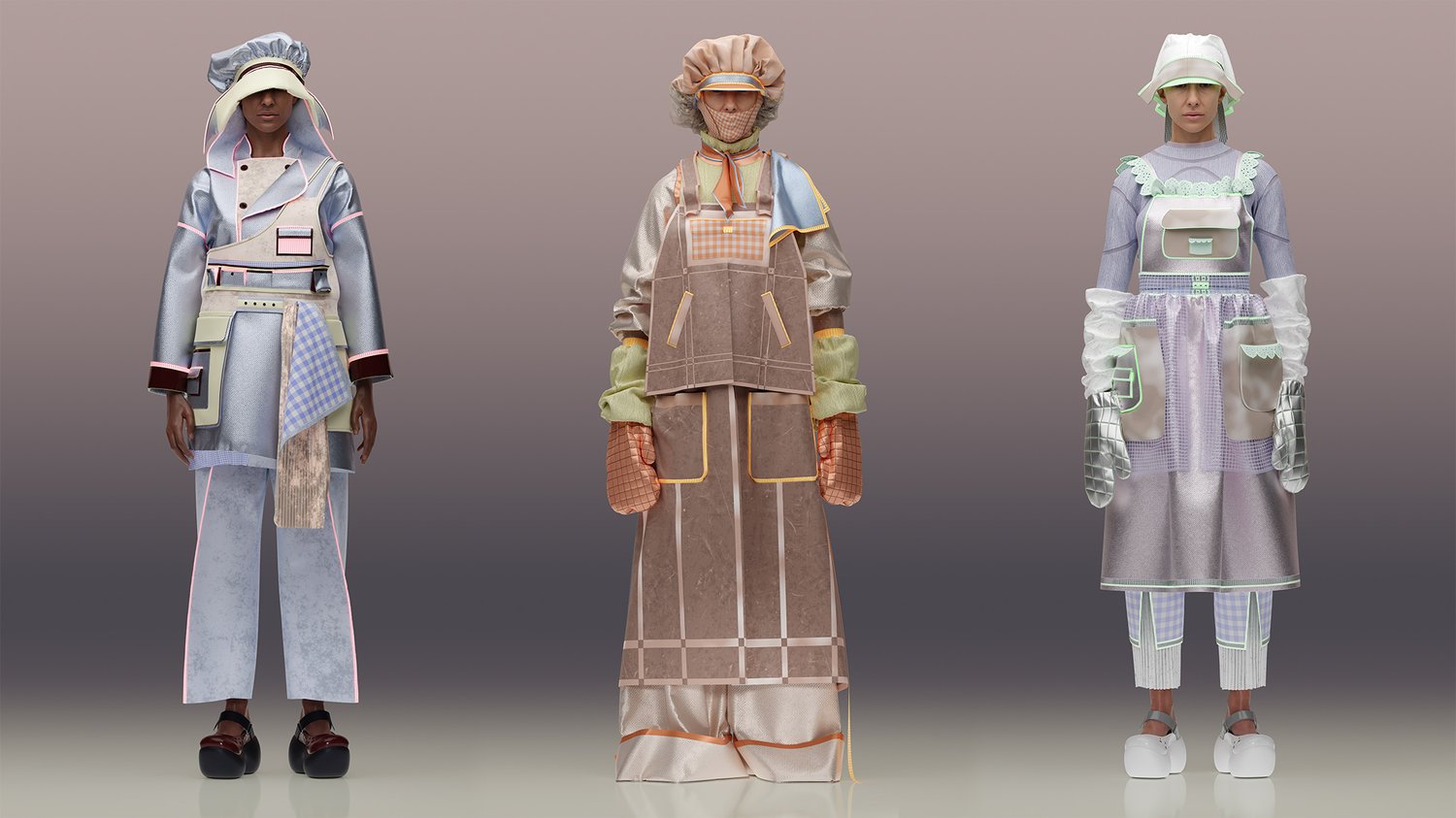
Innovation is key in the digital fashion industry. Are there any specific technologies or tools that your studio is eager to explore and integrate into your work?
– At the moment, our studio is looking into game engines, such as Unreal Engine. Creating real-time environments and using Meta Humans for more realistic & customizable avatars, is definitely something we would like to integrate into our work. We would like to create a more immersive experience by combining interactive elements and virtual environments with our digital outfits.
Generative AI has had a profound impact on various creative fields, including digital fashion. How do you utilize generative AI in your design process, and what advantages does it offer in comparison to traditional design methods?
– Although we have tried out generative AI tools such as MidJourney or DALL-E, this is never really a part of our process in designing our collections. Traditional research methods are important in our process. The inspiration for the designs most often comes from studying references to historical clothing and accessories. In terms of opportunities, we have been asked to translate AI-generated concepts for various clothes into digital garments. While we are uncertain about the ethical implications of generative AI, we view this as an intriguing challenge. The generated images provide only a certain perspective, leaving ample room for us to imagine how the rest of the garment might appear.
In the rapidly evolving landscape of digital fashion, where the focus has shifted towards finding a niche rather than pioneering a new field, what do you envision for your studio five years from now?
– We can never be certain of what the future holds, but we hope we’ll be able to expand our team and take on new challenges. We would like to be able to develop new services for our clients and evolve creatively. We are also looking forward to sharing our knowledge through teaching, as well as self-initiated projects and workshops.
What creators should we keep our eyes on in 23/24?
– There are so many creators who we look up to, these are just a few that inspired us over time: – Jose Peon (@josepeoon) – Stephy Fung (@stephyfung) – John Sánchez (@slamthings)
You might also want to read about:
